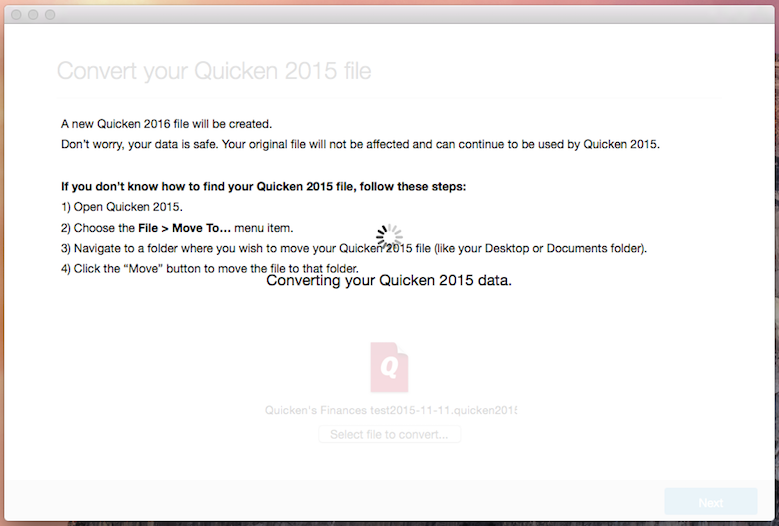

The original fully automatic Thompsons are no longer produced. It is the first weapon to be labeled and marketed as a "submachine gun". More than 1.5 million military Thompson submachine guns were produced during World War II. It was designated as the M1928A1, M1 and M1A1 during this time. military during World War II, and was used extensively by the Allied troops during the war. The firearm was widely adopted by the U.S.

It was a common sight in the media at the time, and was used by both law enforcement officers and criminals. The firearm became notorious during the Prohibition era, used as a signature weapon of various organized crime syndicates in the United States in the 1920s. The Thompson saw early use by the United States Marine Corps during the Banana Wars, the United States Postal Inspection Service, the Irish Republican Army, the Republic of China, and the FBI (following the Kansas City Massacre). It was originally designed to break the stalemate of trench warfare of World War I, but was not finished until after the war ended. The Thompson submachine gun (also known as the "Tommy Gun", "Chicago Typewriter", "Chicago Piano", or "Trench Broom") is a blowback-operated, air-cooled, magazine-fed selective-fire submachine gun, invented by the United States Army Brigadier general John T. (M1 and M1A1 models do not accept drum magazines) 50-round drum magazine 2.6 lb (1.2 kg) unloaded.

30-round stick/box magazine 0.5 lb (0.2 kg) unloaded.20-round stick/box magazine 0.4 lb (0.2 kg) unloaded.


 0 kommentar(er)
0 kommentar(er)
